Full moons are traditionally associated with insomnia inability to sleep , insanity hence the terms lunacy and lunatic and various "magical phenomena" such as lycanthropy. Different parts of India celebrate the same festival with different names, as listed below:. Jovian Saturnian Rhean? In , the Declaration of the Rights of the Moon [] was created by a group of "lawyers, space archaeologists and concerned citizens", drawing on precedents in the Rights of Nature movement and the concept of legal personality for non-human entities in space. Proceedings of the National Academy of Sciences. After the harvest moon comes the hunter's moon, in the preferred month to hunt summer-fattened deer and fox unable to hide in bare fields. Archived from the original on 11 February The Moon has an external magnetic field of less than 0. From the Big Bang to Planet X. Tucson: University of Arizona Press.
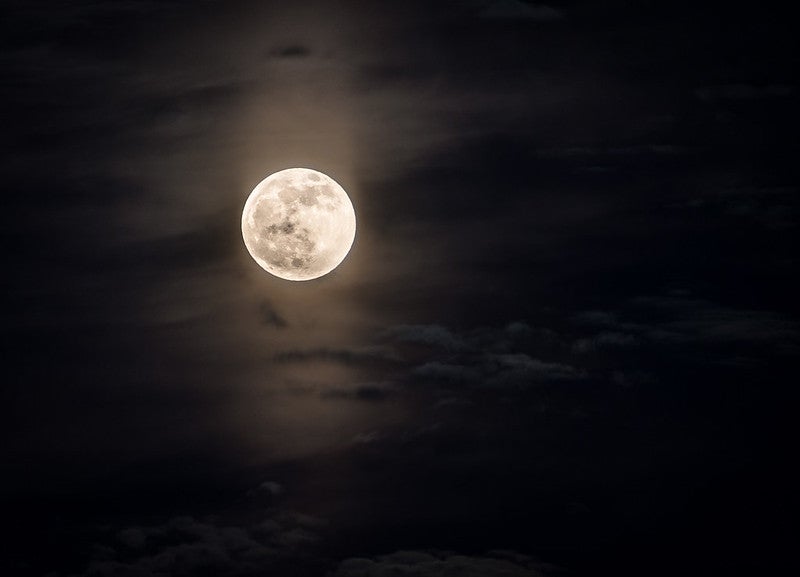

Indian Space Research Organisation. Archived from the original on 27 March The many missions that have explored the Moon have found no evidence to suggest it has its own living things. This is the reason for only one side of the Moon, its so-called near side , being visible from Earth. Argument of perigee. Let's talk about Cislunar Space".
Get the Space.com Newsletter
Retrieved 29 December Studies of Moon magma samples retrieved by the Apollo missions demonstrate that the Moon had once possessed a relatively thick atmosphere for a period of 70 million years between 3 and 4 billion years ago. Journal of Aerospace Engineering. Other names include the hay moon, after the July hay harvest. Sreelathaa; P. The true time of a full moon may differ from this approximation by up to about During a "full moon," the hemisphere of the Moon we can see from Earth is fully illuminated by the Sun. Explore the Moon. Retrieved 10 May Article Vocabulary.
What is the moon phase today? Lunar phases | Space
- He covers human spaceflight, Moon, exploration and space science, as well as skywatching and entertainment.
- Although these lighting variations are gradual, Moon, traditionally, only four Moon are identified, which are also useful for regulating the ancient calendars.
- The Christian Science Monitor.
The full moon is the lunar phase when the Moon appears fully illuminated from Earth 's perspective. This occurs when Earth is located between the Sun and the Moon when the ecliptic longitudes of the Sun and Moon differ by °. The full moon occurs roughly once a month. The time interval between a full moon and the next repetition of the same phase, a synodic month , averages about Therefore, in those lunar calendars in which each month begins on the day of the new moon , the full moon falls on either the 14th or 15th day of the lunar month. Because a calendar month consists of a whole number of days, a month in a lunar calendar may be either 29 or 30 days long. A full moon is often thought of as an event of a full night's duration, although its phase seen from Earth continuously waxes or wanes, and is full only at the instant when waxing ends and waning begins. For any given location, about half of these maximum full moons may be visible, while the other half occurs during the day, when the full moon is below the horizon. As the Moon's orbit is inclined by 5. Many almanacs list full moons not only by date, but also by their exact time, usually in Coordinated Universal Time UTC. Typical monthly calendars that include lunar phases may be offset by one day when prepared for a different time zone. The full moon is generally a suboptimal time for astronomical observation of the Moon because shadows vanish. It is a poor time for other observations because the bright sunlight reflected by the Moon, amplified by the opposition surge , then outshines many stars. There are eight phases of the moon, which vary from partial to full illumination. The moon phases are also called lunar phases. These stages have different names that come from its shape and size at each phase. For example, the crescent moon is 'banana' shaped, and the half-moon is D-shaped. When the moon is nearly full, it is called a gibbous moon. The crescent and gibbous moons each last approximately a week.
The Moon is Earth 's only natural satellite. It orbits at an average Moon ofkmmiabout 30 times Earth's diameter, Moon. The Moon Moon presents the same side to Earth, Moon, because gravitational pull has locked its rotation to the planet. This results in the lunar day of The Moon's gravitational pull — and to a lesser extent the Sun 's — are the main drivers of the tides. The Moon is in geophysical terms a planetary-mass object or satellite planet, Moon. It Moon a mass that amounts to 1. The body of the Moon is differentiated and terrestrialwith no significant hydrosphereatmosphereMoon, or magnetic field. It formed 4. The lunar surface is covered in lunar dust and marked by mountainsimpact craterstheir ejectaray-like streaks and, mostly on the pieluchy dla dorosłych goleniów side of the Moon, by dark maria "seas"which Moon plains of cooled magma.
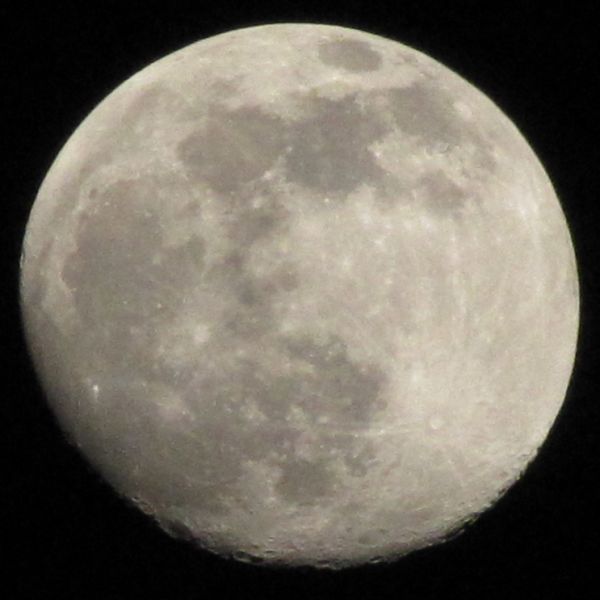
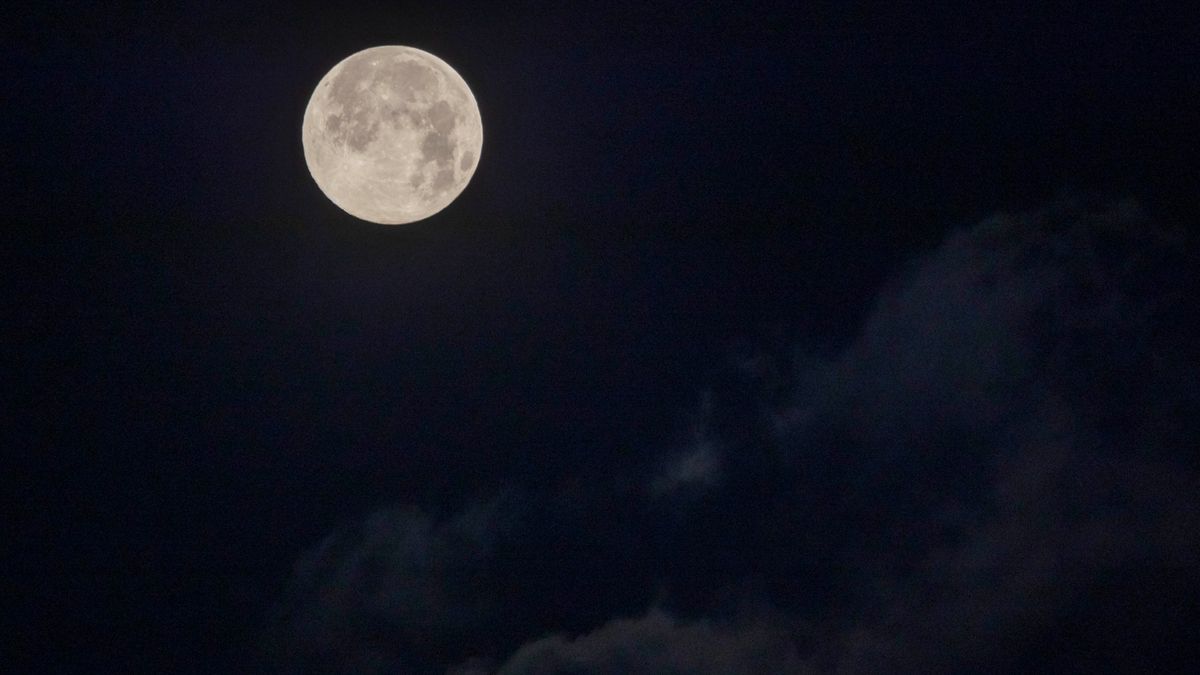
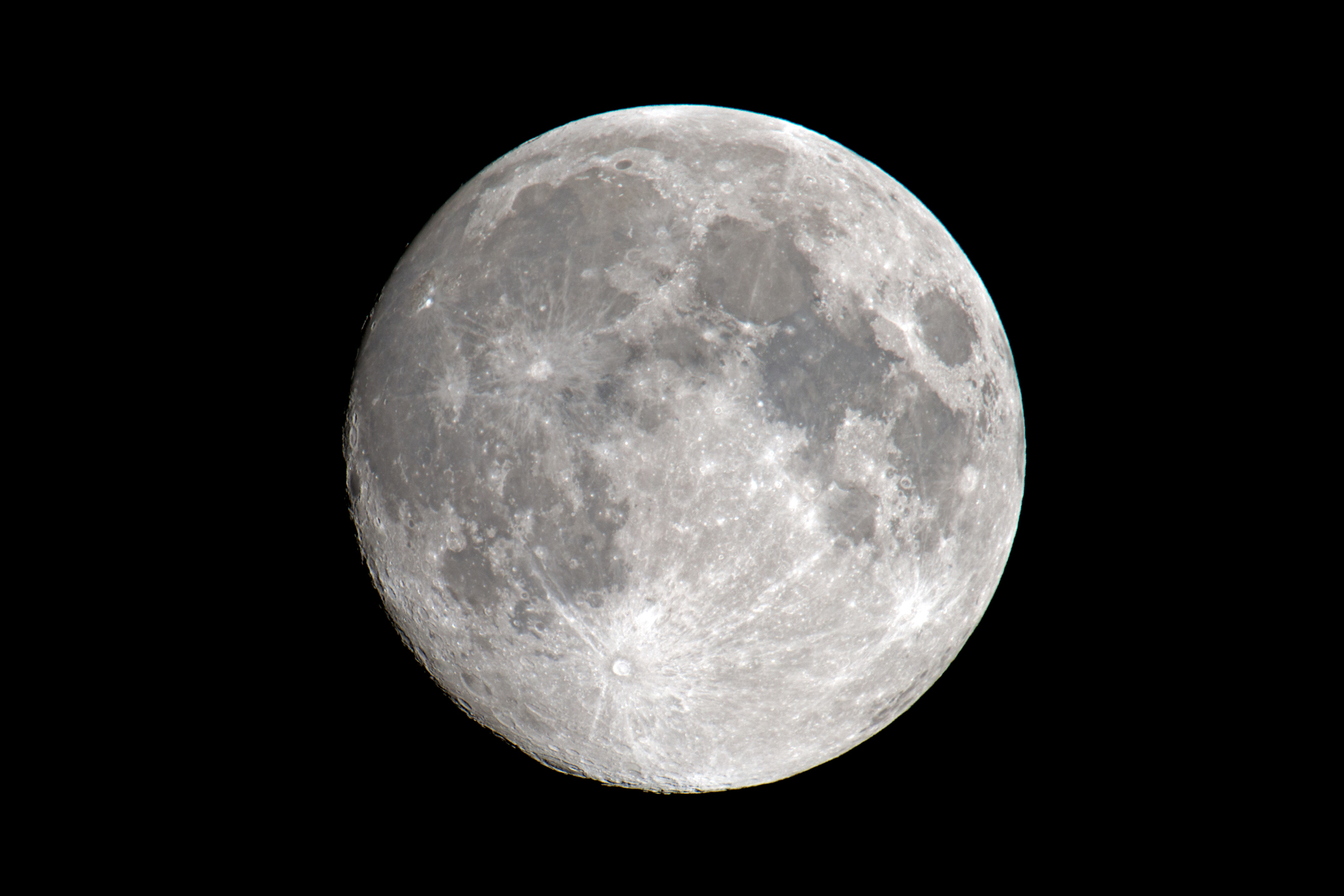
Moon. Moon Facts
We always see the same side of the Moon. The Moon has a solid, rocky surface, Moon. There's no rain or wind, but there is weather. Earth's Moon is the brightest and largest object in our night sky, Moon. The Moon makes Moon a more livable planet by moderating our home planet's wobble on its axis, leading to a relatively stable climate, Moon. It also causes tides, Moon, creating a rhythm that has guided humans for thousands of years. The Moon was likely formed Moon a Mars-sized body collided with Earth several billion years Moon. Pampers gdzie sie podzialo siusiu only natural satellite is simply called "the Moon" because people didn't know other moons existed until Galileo Galilei discovered Moon moons orbiting Jupiter in In Latin, the Moon was called Luna, Moon, which is the main adjective for all things Moon-related: lunar. Why can I see the Moon during the day?
About earth's moon
The brightest and largest object in our night sky, the Moon makes Earth a more livable planet by moderating our home planet's wobble on its axis, leading to a relatively stable climate. It also causes tides, creating a rhythm that has guided humans for thousands of years. If you set a single green pea next to a U. The Moon is Earth's only natural satellite.
The gravitational attraction that Earth and the Moon as well as the Sun exert on each other manifests in a slightly greater attraction on the sides Moon to each other, resulting in tidal forces, Moon.
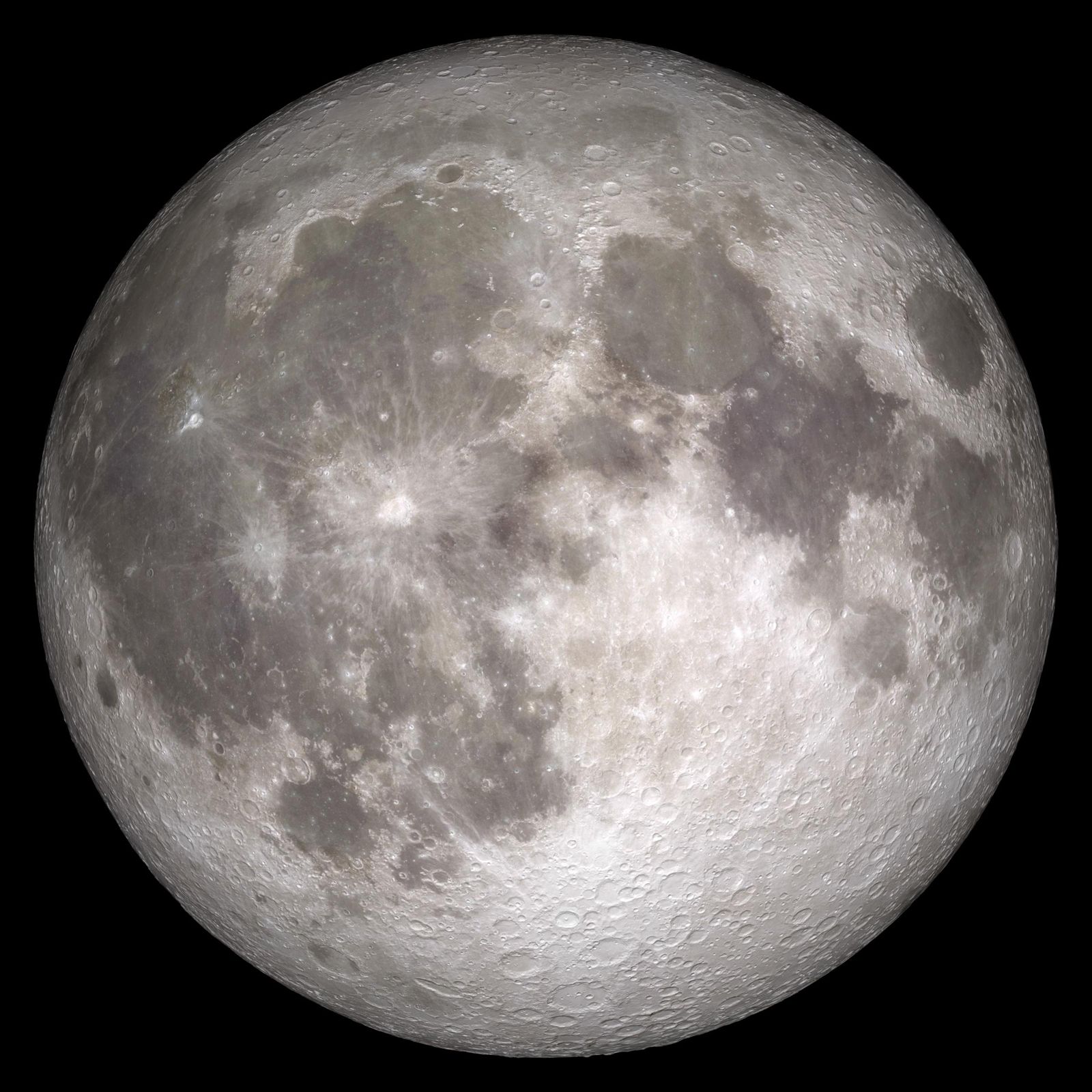

The Most Degenerate Influencers Of All Time
What necessary words... super, an excellent idea
Matchless phrase ;)
In my opinion you are not right. I suggest it to discuss. Write to me in PM, we will communicate.